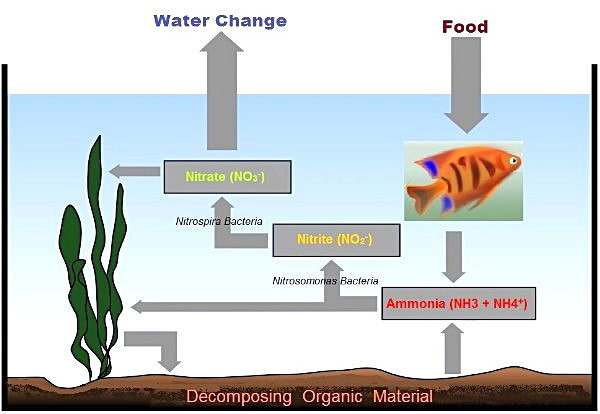Maisonmatt79
New Member
Hi there
Not new to fishkeeping but it’s been a few years..I’ve set up a 120L tropical tank for nearly 4 weeks now..at first I was testing with strips..which are useless..had the API kit for a week and a half..my current reading are ammonia 0-0.25 (I have been dosing with ammonia as and when needed to 2ppm) my nitrites have been stuck on 2ppm for over a week now and yesterday my nitrates shot up to around 80ppm after being on around 10..so next step? Sit and wait for the nitrites to drop? Or do a 50%ish water change and test again? Thank you ?
Not new to fishkeeping but it’s been a few years..I’ve set up a 120L tropical tank for nearly 4 weeks now..at first I was testing with strips..which are useless..had the API kit for a week and a half..my current reading are ammonia 0-0.25 (I have been dosing with ammonia as and when needed to 2ppm) my nitrites have been stuck on 2ppm for over a week now and yesterday my nitrates shot up to around 80ppm after being on around 10..so next step? Sit and wait for the nitrites to drop? Or do a 50%ish water change and test again? Thank you ?




